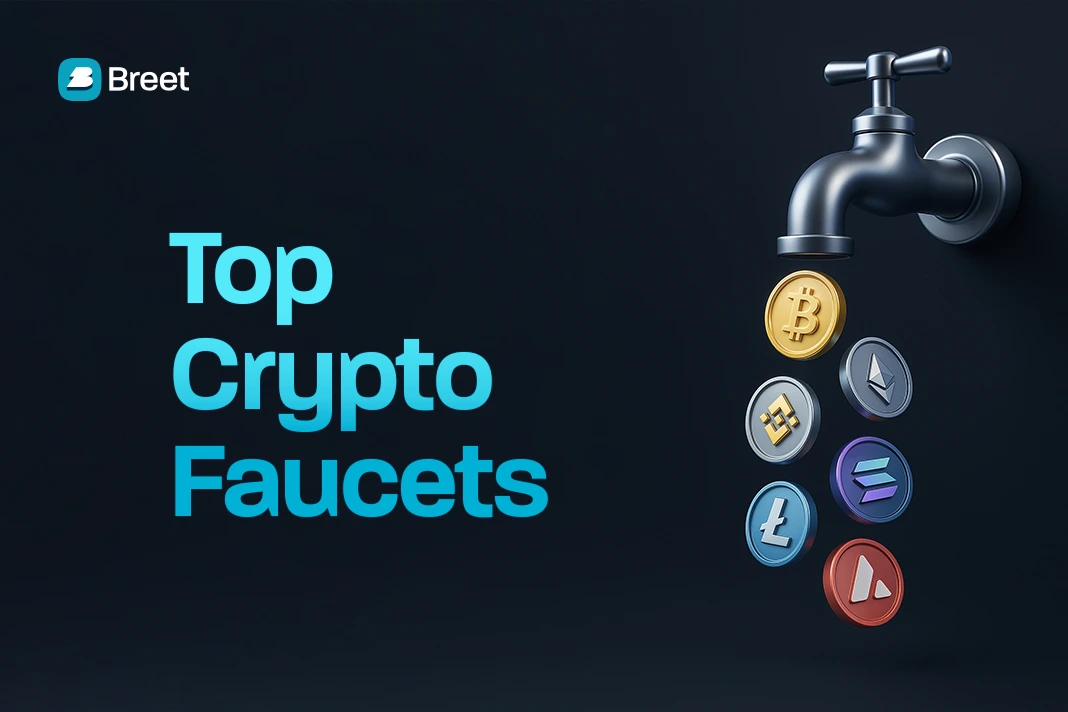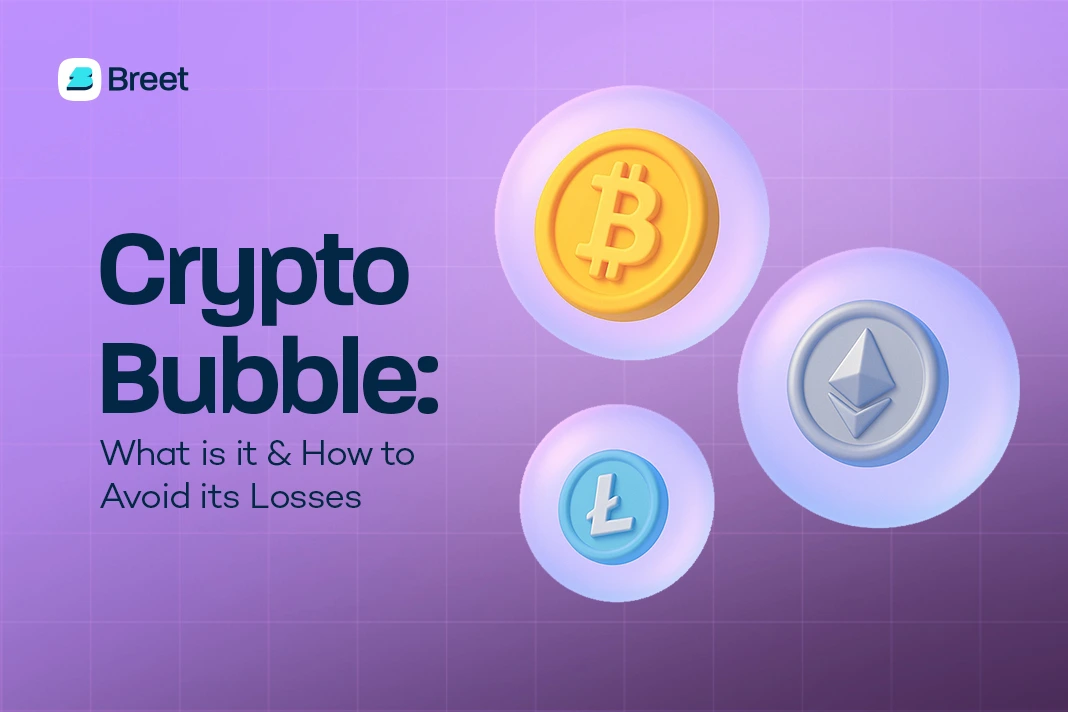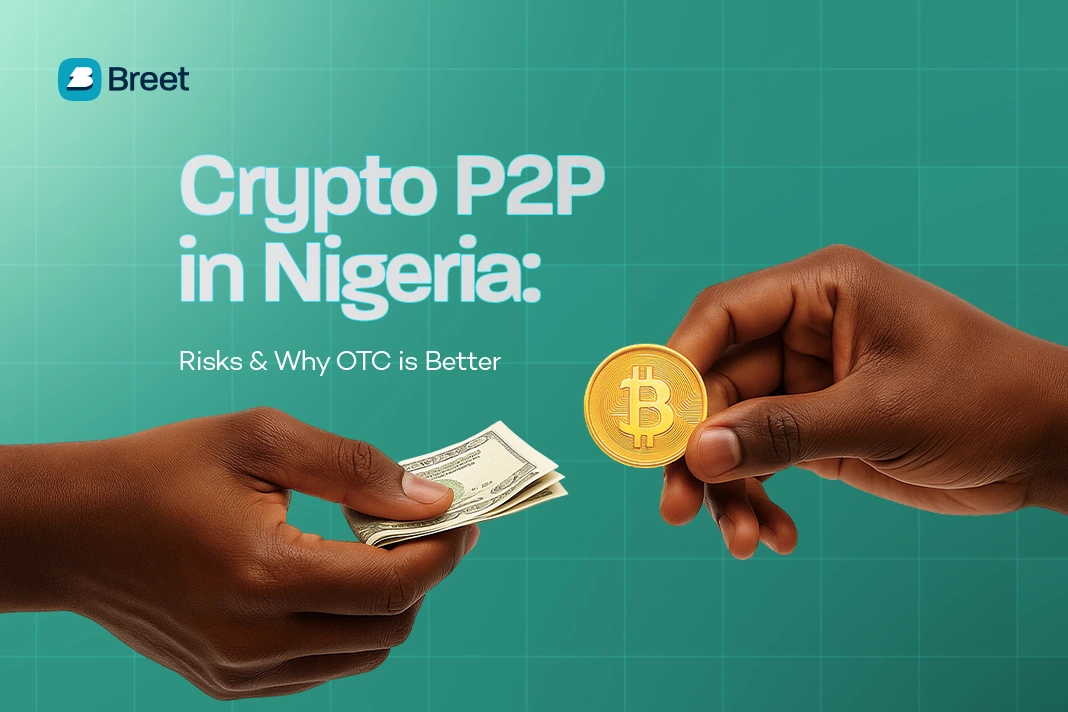Fiats are government-issued currencies that are not backed by gold or any commodity but by government decree or law and are considered legal tender.
Think of currencies like the US dollar (USD), the euro (EUR), or the Nigerian naira (NGN).
Fiat is basically the official currency of a country, i.e., the money people spend every day and keep in their bank accounts.
Although crypto was first conceived as the next evolution of money, today fiat and crypto exist side by side, and we have seen stablecoins and CBDCs emerge, which are all digital forms of fiat.
Examples of Fiat Currencies
The nearest example of fiat to you is the official currency of the country you are in. Here are some of the most popular fiat currencies:
- USD (US Dollar): The most dominant currency in global markets, most assets, commodities, and cryptocurrencies are priced in US dollars.
- EUR (Euro): Widely used across Europe and also a recognizable currency in global markets.
- GBP (British Pound): Official currency of the United Kingdom.
- NGN (Nigerian Naira): Used in Nigeria.
- Others include: Ghanaian Cedi (GHS), Japanese Yen (JPY), Canadian Dollar (CAD), and Chinese Yuan (CNY)
Fiat vs Cryptocurrency: Key Differences
1. Centralization
Fiat currencies are issued and controlled by governments through their central banks (for example, the U.S. Federal Reserve or the Central Bank of Nigeria). As a result, fiats are highly centralized and subject to government regulations.
Cryptocurrencies, on the other hand, are generally decentralized. They operate on blockchain networks where the rules are enforced by the network’s code and consensus mechanisms.
Some projects further distribute decision-making power through Decentralized Autonomous Organizations (DAOs), where token holders can vote on protocol upgrades, governance, and other key decisions.
2. Supply
Since fiat currencies are issued by governments, their supply is typically managed through monetary policy, which is set by the central bank of the day. This means that decisions around money supply, interest rates, and issuance are influenced by government and central bank policies, and can be adjusted in response to economic conditions.
In contrast, the supply structure of most cryptocurrencies is fixed and predetermined before launch. For example, Bitcoin has a maximum supply of 21 million coins.
Information about a project’s token supply, distribution schedule, and vesting periods is usually detailed in its tokenomics, which provides transparency for investors and users.
Related:
- Top 9 Crypto to Fiat Exchanges
3. Technology
Fiat transactions are usually processed through banks, payment processors, or used in the form of physical cash.
Cryptocurrency transactions, on the other hand, run on the blockchain and are automated through smart contracts, which execute predefined rules without the need for intermediaries.
4. Use Cases
Fiat currencies continue to dominate day-to-day payments, covering everything from everyday purchases to salaries and taxes.
Cryptocurrencies, meanwhile, are increasingly viewed less as a replacement for money and more as an asset class. Many people now treat them primarily as investments or as a potential hedge against inflation, rather than as a medium for routine transactions.
5. Volatility
Cryptocurrencies are known for their high volatility. Prices can rise or fall dramatically within short periods. This unpredictability creates both opportunities for profit and risks of loss.
To address this, stablecoins were introduced, digital assets pegged to fiat currencies (like the U.S. dollar) to provide traders and investors with a more stable store of value within the crypto ecosystem.
In contrast, fiat currencies are generally more stable. Their value doesn’t swing sharply in the short term but instead changes gradually, influenced by inflation, interest rates, and government monetary policy. While fiat isn’t completely immune to devaluation (especially in cases of hyperinflation), it tends to offer more day-to-day price stability than cryptocurrencies.
| Differences | Fiat | Crypto |
| Ownership | Centralized – issued by the government | Decentralized – not issued by the government |
| Technology | Uses the bank’s infrastructure or physical cash | Runs on the blockchain |
| Volatility | Relatively stable | Except for stablecoins, most cryptocurrencies are volatile |
| Supply | depends on the decision of the government | The supply of most cryptocurrencies is fixed or deflationary |
| Tokenomics | None | Most cryptocurrencies have tokenomics |
You Might Like:
- Crypto ICOs: What Are They & What Do They Mean?
Why Fiat Still Matters in Crypto
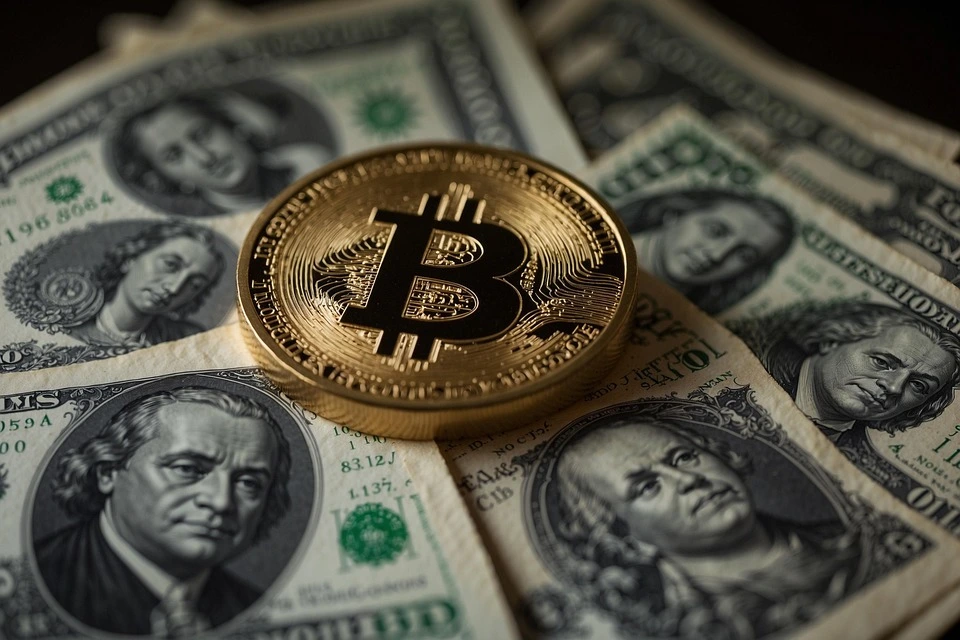
Fiat might be government-issued money, but it plays a crucial role in how we interact with cryptocurrencies. Here is how:
- On-Ramping and Off-Ramping
Fiat is the entry and exit point for most people in crypto. Users buy cryptocurrencies with fiat (on-ramp) and convert them back to fiat when cashing out (off-ramp). - Stablecoin Pegging
Many stablecoins (e.g., USDT, USDC) are pegged to fiat currencies like the U.S. dollar to provide stability and reduce volatility in trading. - Pricing and Valuation
The value of most cryptocurrencies is quoted in fiat terms (e.g., BTC/USD, ETH/NGN). Even though crypto is global, fiat serves as the reference standard for market pricing. - Taxes and Compliance
Governments require taxes to be reported and paid in fiat. Even when earnings are made in crypto, they’re usually converted into fiat value for taxation and compliance purposes. - Liquidity and Settlements
In centralized exchanges (CEXs) that support P2P trading, fiat pairs provide liquidity and act as a settlement medium for transactions with merchants.
The Future of Fiat and Crypto
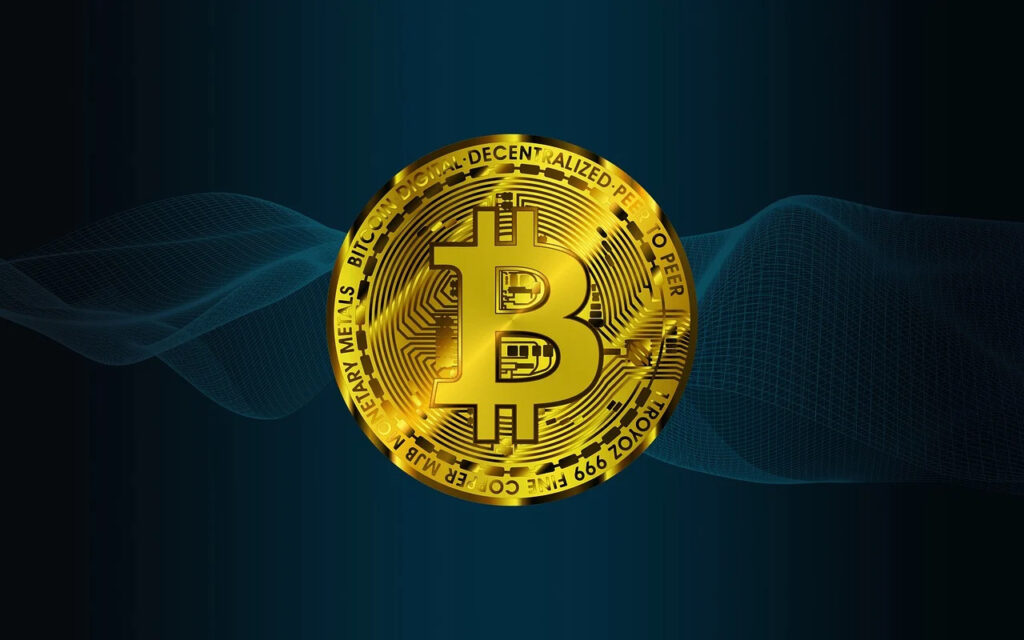
Will fiat disappear as crypto adoption grows? Not anytime soon. Instead, the future points to coexistence.
Governments around the world are already experimenting with Central Bank Digital Currencies (CBDCs), which are digital versions of their national fiat that, unlike stablecoins, are fully regulated by central banks.
While CBDCs are still in early stages and struggling to gain widespread adoption, they signal that traditional money is evolving rather than fading away.
At the same time, stablecoins continue to play a vital role as the bridge between fiat and crypto, bringing fiat “on-chain” and making it easier for users to move between both systems.
Crypto and fiat are better seen as complementary forms of money, one anchored in government trust, the other in technology and decentralization.
Don’t Miss:
Frequently Asked Questions about Fiat in Crypto
Is Fiat Real Money?
Yes, fiat is real money. It’s the cash people use every day, like dollars, euros, or naira, to buy goods, pay bills, and save.
Is Naira a Fiat Money?
Yes, the Nigerian naira (NGN) is a fiat currency. Like other fiats, it’s issued by a central bank, in this case, the Central Bank of Nigeria.
Why is it called Fiat Money?
The term fiat comes from Latin, meaning “let it be done.” Fiat money has value because governments declare it legal tender, and people trust it for everyday transactions.
How does Fiat Money work?
Fiat works on the foundation of trust. Governments issue it, central banks control its supply, and people accept it as a medium of exchange. Unlike cryptocurrencies that run on blockchain technology, fiat transactions typically move through banks and payment processors.
What is the Difference between CBDC and Fiat Currency?
A CBDC (Central Bank Digital Currency) is a digital representation of fiat currency, issued and regulated by a central bank. The key difference is that while fiat money exists as physical notes and electronic balances in banks, CBDCs are fully digital, built on blockchain or similar tech, but still backed 1:1 by the government’s fiat currency.






